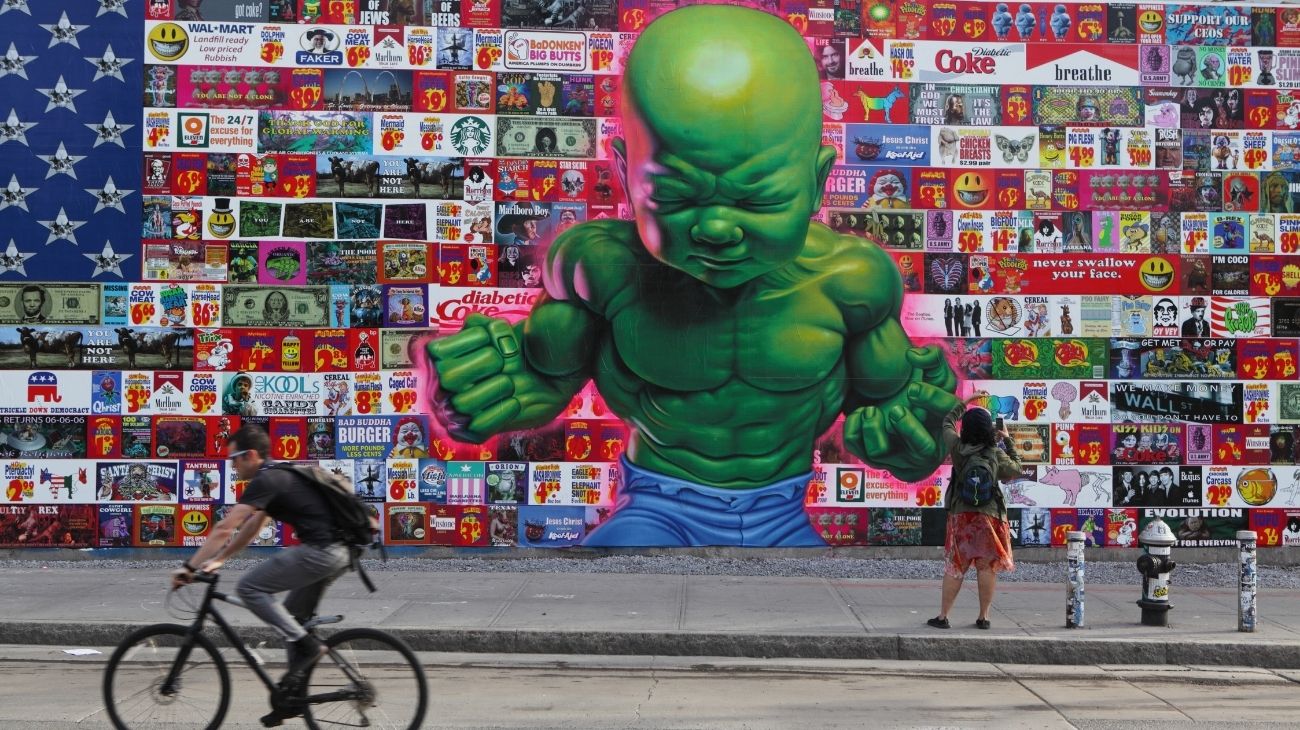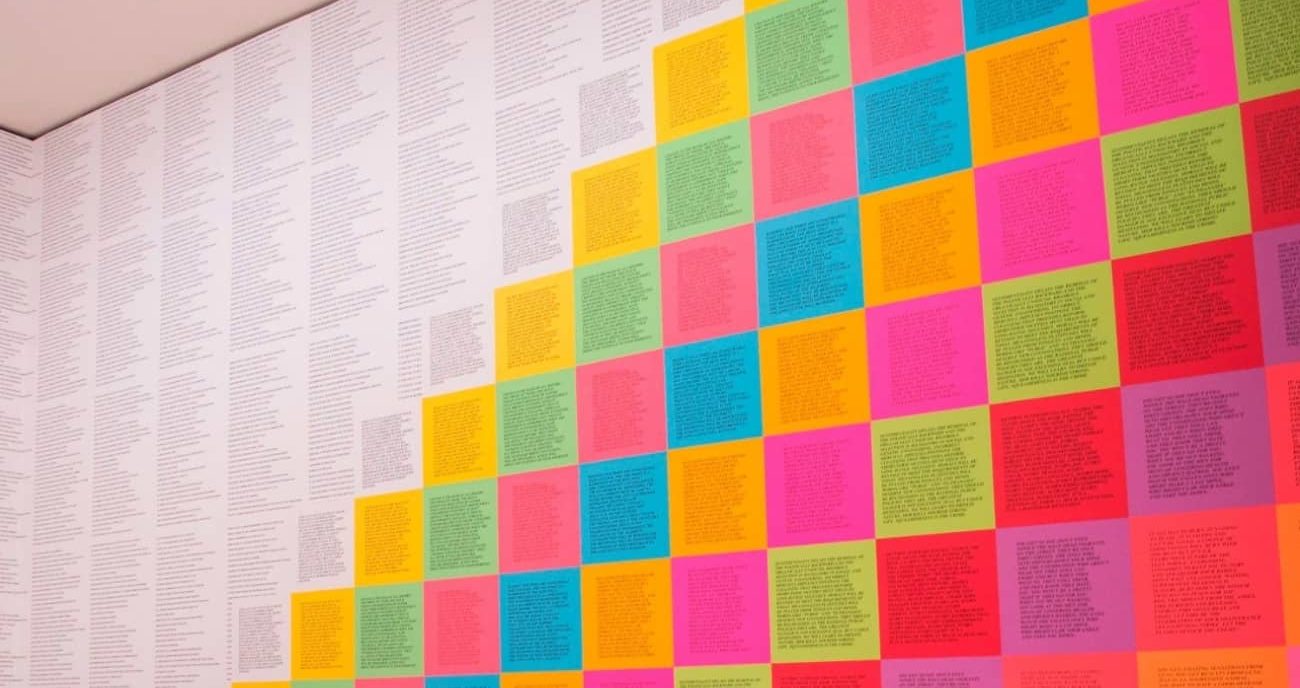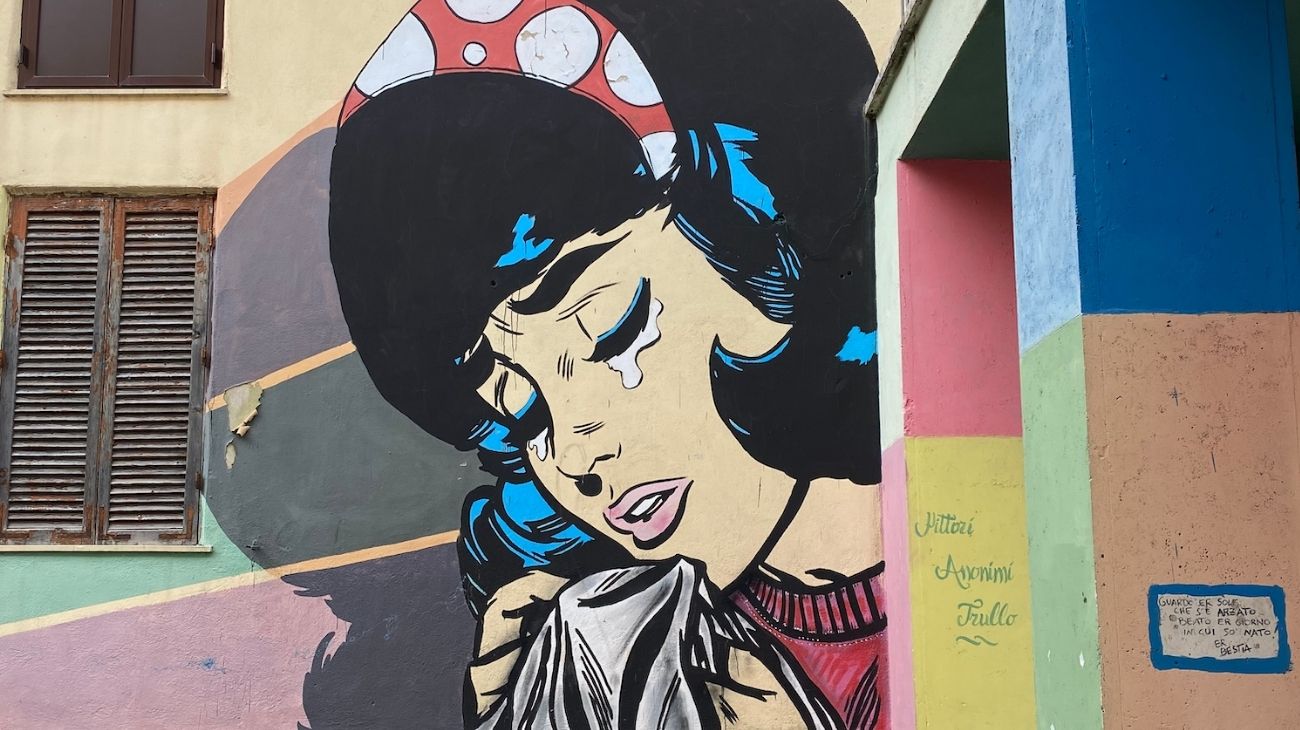
SUBCULTURE MEETS CAPITALISM
The potential of street art as a contemporary marketing tool
There is no general definition, but street art could be roughly summarized as independent visual art, which can appear in different forms and with different media and is created in public locations for public visibility. Emerged from graffiti, street art evolved into complex interdisciplinary forms of artistic expression by the end of the 20th century and the beginning of the 21st. Aiming to tell a story and create something beautiful and meaningful, that catches the attention, is understood and triggers an emotional response of people passing by.
Visibility, perception, and emotional response equal the goals marketing campaigns worldwide are supposed to achieve. Since the early 2000’s the use of street art for marketing purposes can be observed, starting in cities like Berlin, London, Paris, and New York. Fashion brands like Adidas, Levis or Puma as well as the music and beverage industry hired urban artists to spread their advertising messages through posters, stickers, stencil sprays, or large-scale murals in public spaces.
Placing the brand alongside street art works proved to be an easy and effective way to link product names with street art culture, whilst reaching a broad audience. Also, the sponsoring of street art activities or collaborations for product, shop, or merchandise design is becoming more and more common. The possible uses of street art are versatile and far from exhausted, a potential advertising tool that so far only a few companies have used. Street art could still be described as a relatively new and niche marketing phenomenon, but its importance in the marketing mix is rising steadily.
What is it, that makes street art such a powerful marketing tool?
Guerilla Marketing (low-cost marketing tactics which use surprise, repurpose of the current environment or unconventional interactions) or Ambient Marketing (placing advertising on elements of the environment, including nearly every available physical surface) can be a cost-efficient solution for businesses with small marketing budgets. By placing stickers and spraying the stencils in the service of a brand, new spaces and locations can be used for advertising. The messages can be placed exactly where they are most visible to the predominantly young target group – near the playground, next to the computer games shop, or in front of the local concert hall. The attractiveness of street art as an alternative marketing tool is also increased by its ability to reach larger audiences, than most traditional ads could do, in a visually appealing way.
By using street art, a company not only can achieve valuable brand exposure but also can connect its image with the street art subculture. Image advertising is much less likely to be perceived as advertising by the consumer, as it might appear as part of the original street art landscape when artists incorporate the product or brand logo into an artwork in a way that expresses their own aesthetic sense. This offers a way to get the attention of the young target group, which has purchasing power but is more difficult to reach through traditional marketing channels.
The subculture street art originally took a critical stand towards the parent society’s political or economical system and traditional beliefs, rejecting mainstream values. Following Dick Hebdige, the reason for why subcultures rarely remain intact under global capitalism can be found in the incorporation of subcultural signs into mass-produced objects. These signs could be style, language, behavior, or beliefs, which served to differentiate the subculture from the parent culture to which it belongs. Removed from their original context, the subcultural signs are translated into commodities, made generally available and comprehensible, march into mass-media, and are used as profitable merchandise. The result can be a transformation from countertrend into a mainstream trend. An example of this can be the hippie movement in the ’60s, which started as an activistic anti-mainstream movement and then was used, recognized, and exploited by many brands, which wanted a piece of its free-spirited, rebellious and young charm. If a subculture meets zeitgeist, owns anti-posture and salability like street art does, it can help the brand to position itself close to the trending sub-culture and to incorporate its desired attributes.
It is the attempt to market a subculture and its aura, while at the same time risking devaluing the subcultural signs and attributes: Through decontextualization, the use in media, mainstream and ultimately the overuse, the original subcultural attributes are loaded with new values, watered down in lifestyle and emptied in their meanings at the end, when a trend reaches its end and gets replaced. To stay with the example of the hippie movement, what values do the inflationary used peace signs convey today and what do they still have in common with their original meanings?
Which attributes of street art make it such an attractive advertising platform?
It could be the autonomy and nonconformism associated with street art. An art form that is not based on traditional rules, has long eluded the market and often has a touch of crime and vandalism. The artists act on their own initiative to exhibit their art and often pursue the vision of democratizing art by sharing it with the public.
More and more institutions recognize street art as art nowadays. Striking examples are the Sotheby’s auctions of Banksy works, which contributed greatly to street art’s rising popularity and increase of trendiness within the culture, it was originally created to oppose. Street art is considered more creative, cool and on the pulse of time today. Being cool and trendy is one of the most desirable characteristics for many brands, so it’s not surprising that marketing departments are aiming to associate their products with these attributes and take up the aesthetics of the streets to market them in a way that is compatible with the masses.
Whilst in the past people used to consume to adapt to society, people of the current consumer society shop to differentiate themselves, which makes off-the-mainstream movements even more attractive. Trends emerge and change with increasing speed, which demands businesses to adapt quickly and detect trends at the early stage before the innovation sinks to lifestyle. The pressure on companies to be on-trend could also be one of the reasons for taking up sub-cultures in marketing strategies. In this case, street artists could be seen as influential trendsetters, which are interesting to invest in.
The more a subculture resists the mainstream takeover, the more attractive and desirable it becomes for companies. This has been the case with graffiti culture, the cradle of street art, which has managed to contain its subculture and underground image to some extent until today. But commercialization is controversial within the urban art scene, without a unified opinion: Some artists reject paid orders of any kind in order to preserve the free “soul” of street art, following its original activist and anti-mainstream ideals. Some only accept selected commission works that they believe are politically correct and have a justifiable message. Some do every kind of paid work and prioritize economic values over artistic freedom. This last group is often accused of the so-called “Sell-Out”; describing the compromising of an artist’s integrity, morality, authenticity, or principles in exchange for money.
In conclusion, it can be said that street art offers great advertising potential and the use of this subculture as a marketing tool has begun but has not yet reached its peak. A development that goes hand in hand with the risk of changing or maybe even destroying this subculture when the trend is picking up speed and loses its underlying values in mainstream and mass media. What could slow this progress down in the case of street art is that the members of this subculture started to open up but still have reservations about the capitalist market economy and about selling their art for these purposes.
_______________________________________
March 2020




